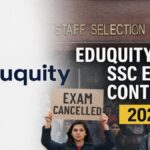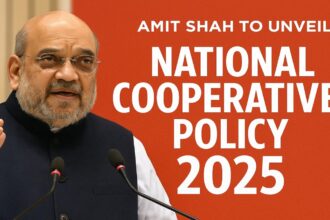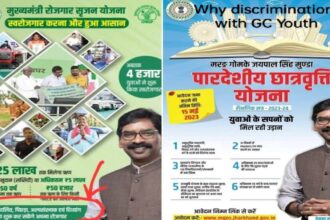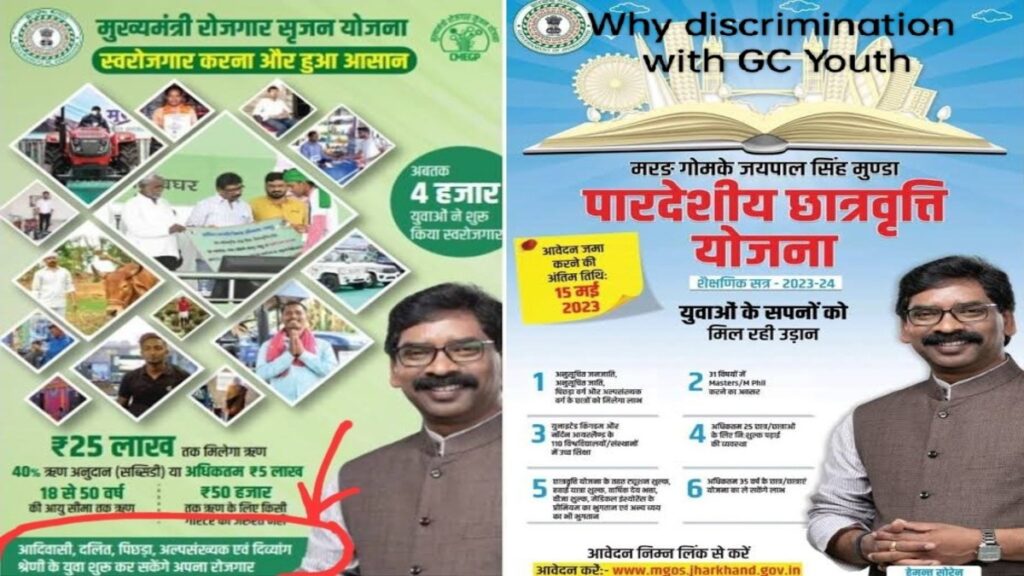
July 22, 2025 – The Jharkhand government, under Chief Minister Hemant Soren, has recently been spotlighting its flagship schemes aimed at uplifting marginalized communities. Among them, the “Jharkhand Mukhyamantri Swarojgar Yojana” has gained significant media attention for facilitating loans of up to ₹25 lakh for unemployed youth. However, a glaring concern has surfaced the complete exclusion of the poor from the general category.
With eligibility confined to SCs, STs, OBCs, minorities, and the differently abled, the scheme raises a critical question: Are poor general category youth not considered worthy of government support in Jharkhand?
This article delves deep into the scheme’s discriminatory criteria, its implications, constitutional concerns, and the socio-political backdrop fueling this exclusion.
What is the Jharkhand Mukhyamantri Swarojgar Yojana?
The Jharkhand Mukhyamantri Swarojgar Yojana is designed to promote self employment among the youth of the state. It promises:
- Loans up to ₹25 lakh for eligible candidates.
- Subsidy of up to 40% or ₹5 lakh.
- Age eligibility: 18–50 years.
- Assistance through the Jharkhand State Khadi and Village Industries Board (JHKVIB) and in convergence with CMEGP (Credit Linked Capital Subsidy Scheme).
The scheme is being celebrated by the state government as a tool to empower 4,000+ youth already, as per the promotion posters released in May 2023.
Exclusion Based on Caste: An Unconstitutional Move?
A shocking revelation from the official posters (widely circulated both online and offline) shows the eligibility clause:
“Only for youth from Adivasi, Dalit, Backward Class, Minority, and Divyang categories.”
This explicitly excludes poor youth from the general category, regardless of their economic status.
This is a direct violation of the spirit of equality enshrined in Article 14 of the Indian Constitution, which guarantees equality before the law and equal protection of the laws.
While affirmative action is crucial for uplifting historically disadvantaged communities, blatantly ignoring poor general category youth is discriminatory and counterproductive to social justice.
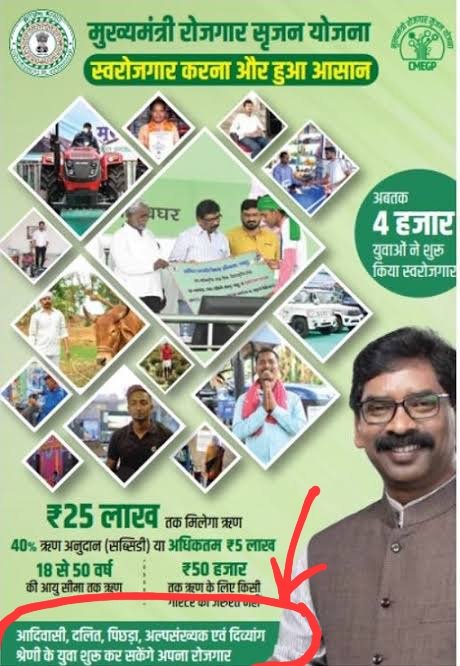
How This Discrimination Harms Society
Let us dissect the impact of this exclusionary policy:
1. Ignores Economic Based Backwardness
The scheme uses caste as the sole criterion for inclusion, leaving out thousands of economically struggling general category youth. A poor Brahmin, Bhumihar, Kayastha, or Rajput in rural Jharkhand is just as deprived of resources as someone from other backgrounds.
Yet, their caste identity alone becomes a disqualifier a move that violates economic justice.
2. Breeds Resentment and Division
Policies that openly exclude sections of society, especially when they are economically vulnerable, breed resentment and communal division. Such schemes risk fueling caste based hostility, especially among youth struggling for jobs and opportunities.
3. Undermines the Purpose of Welfare
The fundamental goal of welfare schemes is upliftment of the poor. When poverty is not addressed holistically across communities, such welfare programs fail to achieve their intended outcomes and instead become tools of political appeasement.
Constitutional and Legal Questions
1. Violation of Supreme Court Guidelines
In the Indra Sawhney vs Union of India (1992) case, the Supreme Court of India emphasized that reservation and affirmative schemes must not exceed reasonable limits and must be backed by socio-economic data.
However, complete exclusion of a category based purely on caste with no income filter could be legally challenged under the doctrine of reasonable classification.
2. Breach of Article 46
Article 46 of the Indian Constitution urges the State to promote educational and economic interests of weaker sections of the people, including SCs and STs. But the key word is “weaker sections” not exclusively caste based.
When economically backward general category individuals are denied benefits, it becomes a selective interpretation of constitutional provisions.
The Flip Side: Defense by State Government
Supporters of the scheme argue that Jharkhand has a large tribal and OBC population, and focusing on them is justified. They cite historical oppression, land alienation, and low literacy rates as valid grounds for caste targeted programs.
Some even claim that EWS (Economically Weaker Section) reservation in central government jobs and education now addresses the needs of poor general category youth.
However, that argument collapses when we realize:
- EWS is not implemented uniformly across state schemes.
- There is no EWS provision in this particular scheme.
- General category poor are still left behind in many welfare programs.
Thus, the Jharkhand Mukhyamantri Swarojgar Yojana cannot hide behind EWS as an excuse for not being inclusive.
Comparing with Central Schemes
Central government schemes such as:
- Pradhan Mantri MUDRA Yojana
- Stand Up India Scheme
- Startup India
- PMEGP (Prime Minister’s Employment Generation Programme)
do not discriminate based on caste or religion. They are open to all eligible Indians based on economic activity and project viability.
Then why does the Jharkhand government need a caste filter to promote self-employment?
Foreign Scholarship Scheme Also Excludes General Category Youth
Not just the Jharkhand Mukhyamantri Swarojgar Yojana, but the state’s flagship foreign education scholarship scheme “Marang Gomke Jaipal Singh Munda Pardesh Chhatravritti Yojana” is another glaring example of caste exclusive policy.
This scheme, launched for the academic year 2023–24, offers fully funded foreign education to students pursuing Master’s, M.Phil., and PhD degrees at top international universities. The government bears all costs related to:
- Tuition fees
- Travel expenses
- Living allowance
- Health insurance
But here’s the catch: Only students from Scheduled Tribes (ST), Scheduled Castes (SC), Backward Classes (OBC), and Minority groups are eligible.
This deliberate exclusion of general category poor students, even if meritorious and financially distressed, further deepens the bias.
A topper from the general category, whose family struggles to afford local tuition, is denied access to this opportunity solely because of caste. Where is educational equality in this?
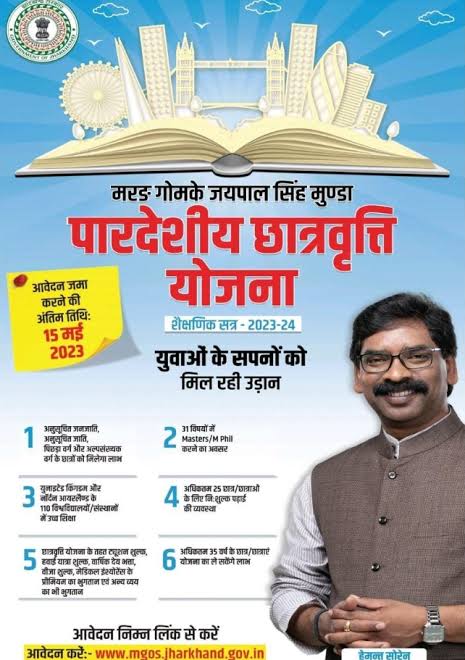
Combined Pattern of Discrimination
1. Swarojgar Yojana – No loans for self employment to general category youth.
2. Foreign Scholarship Yojana – No scholarships for overseas study to general category students.
In both schemes:
- No income cap as a qualifying factor.
- No EWS (Economically Weaker Section) provision.
- No merit based inclusion regardless of financial need.
This isn’t just administrative design. It reflects a deliberate political decision to deny access to one specific category of the population poor general category youth.
Is This Social Justice or State Sponsored Exclusion?
Across both schemes Jharkhand Mukhyamantri Swarojgar Yojana and Marang Gomke Foreign Scholarship the trend is clear: systemic, institutional neglect of economically weak individuals who don’t belong to a caste based “beneficiary” group.
This goes against:
- The principle of economic justice.
- The Right to Equality (Article 14).
- The Right to Education (Article 21A).
- The Supreme Court’s validation of 10% EWS reservation, which acknowledges poverty beyond caste.
Caste Should Not Be the Sole Passport to Opportunity
The Jharkhand government, under the leadership of Chief Minister Hemant Soren, seems to be prioritizing caste over poverty, identity over merit, and appeasement over equity.
Both the Mukhyamantri Swarojgar Yojana and the Marang Gomke Pardesh Chhatravritti Yojana are stark reminders of how welfare policies can exclude the deserving, simply because of their birth.
If we continue this path:
- Thousands of brilliant, yet poor general category youth will be left behind.
- The goal of real equality will never be achieved
- And India’s social fabric will continue to fray.
It’s time to say it out loud: “Poverty has no caste. And opportunity should not either.“
Stay connected with The News Drill for more updates.








